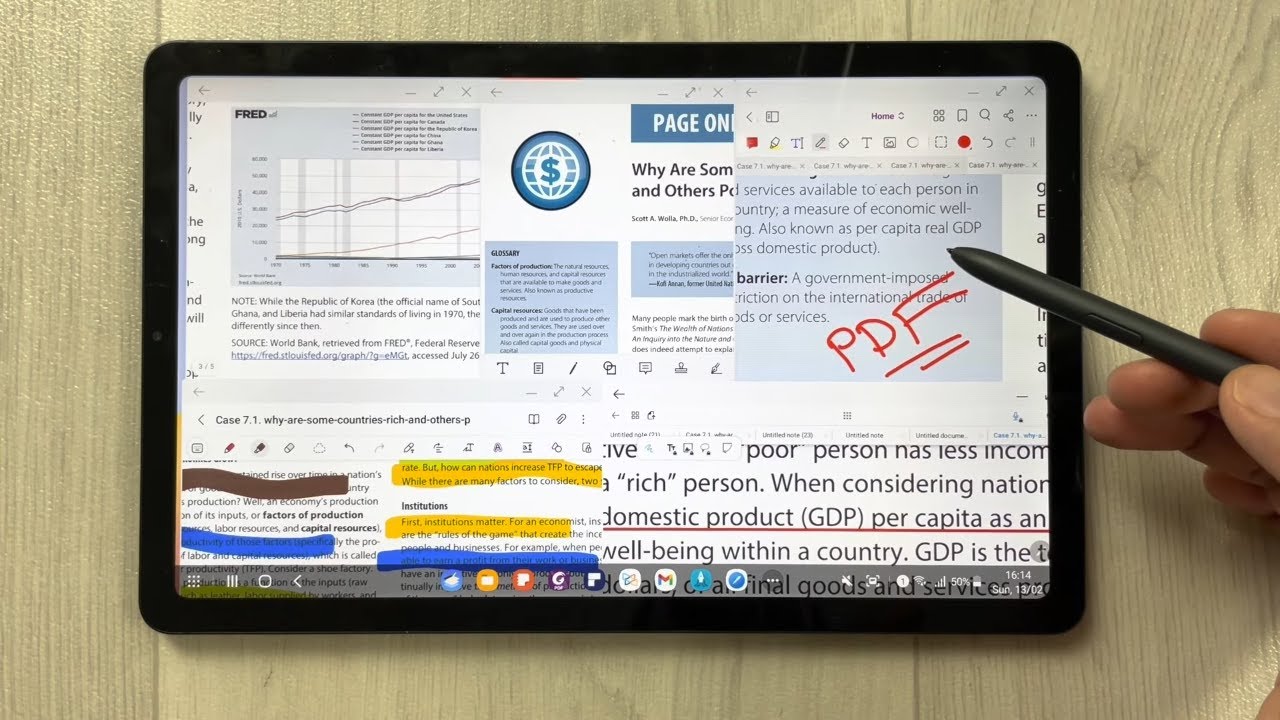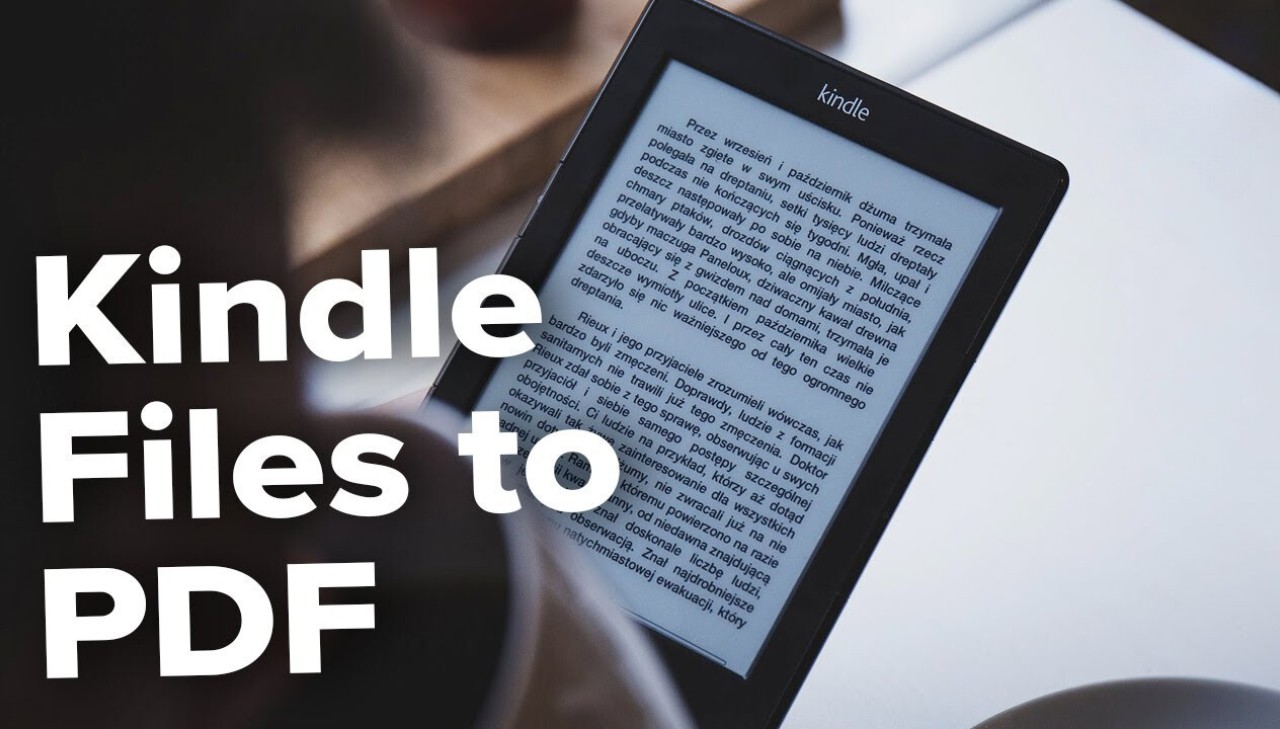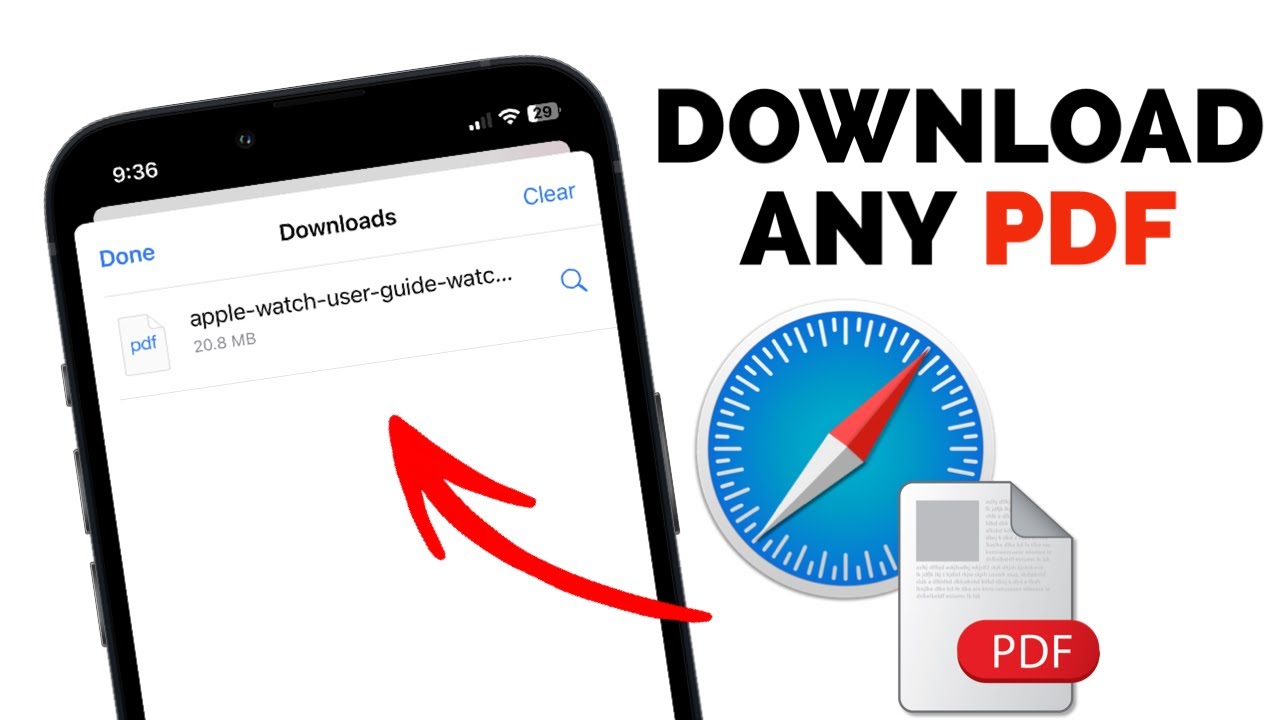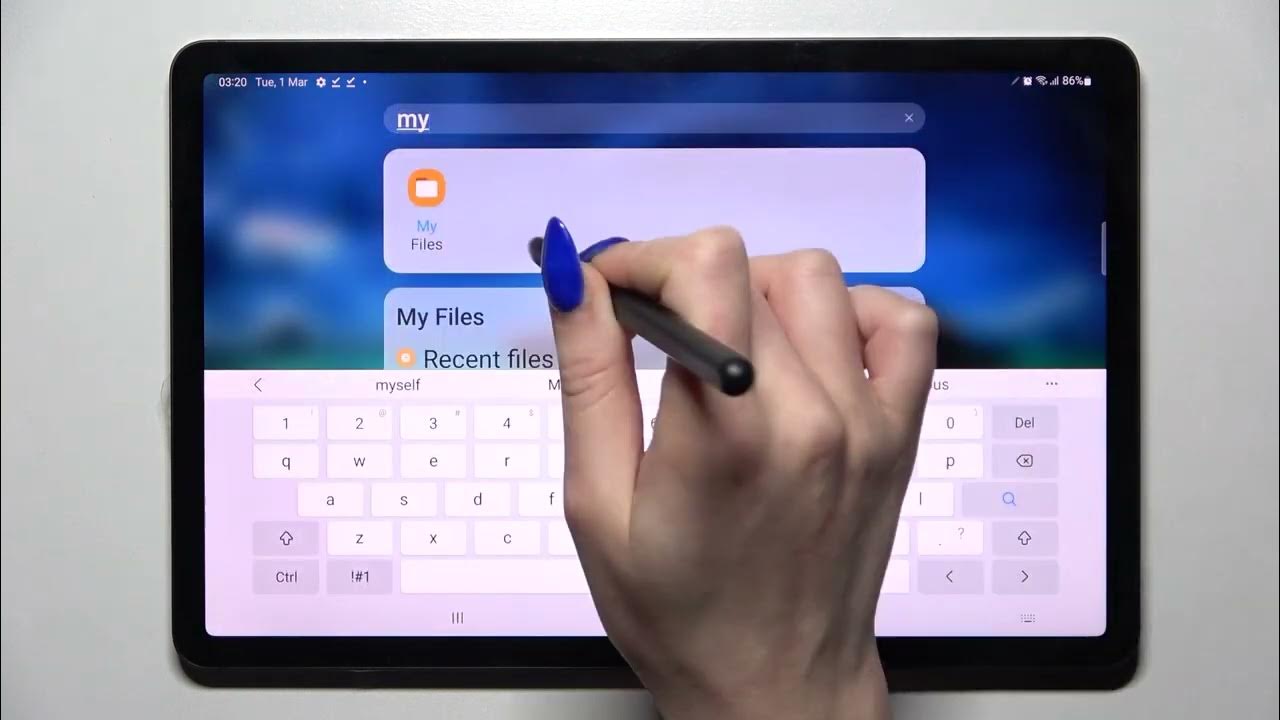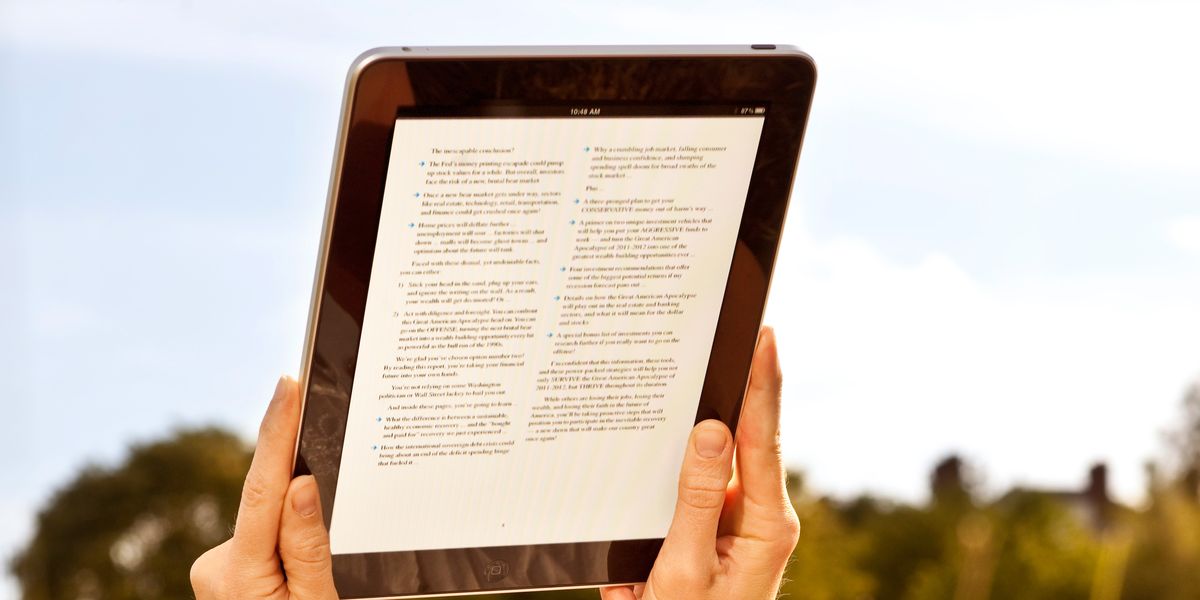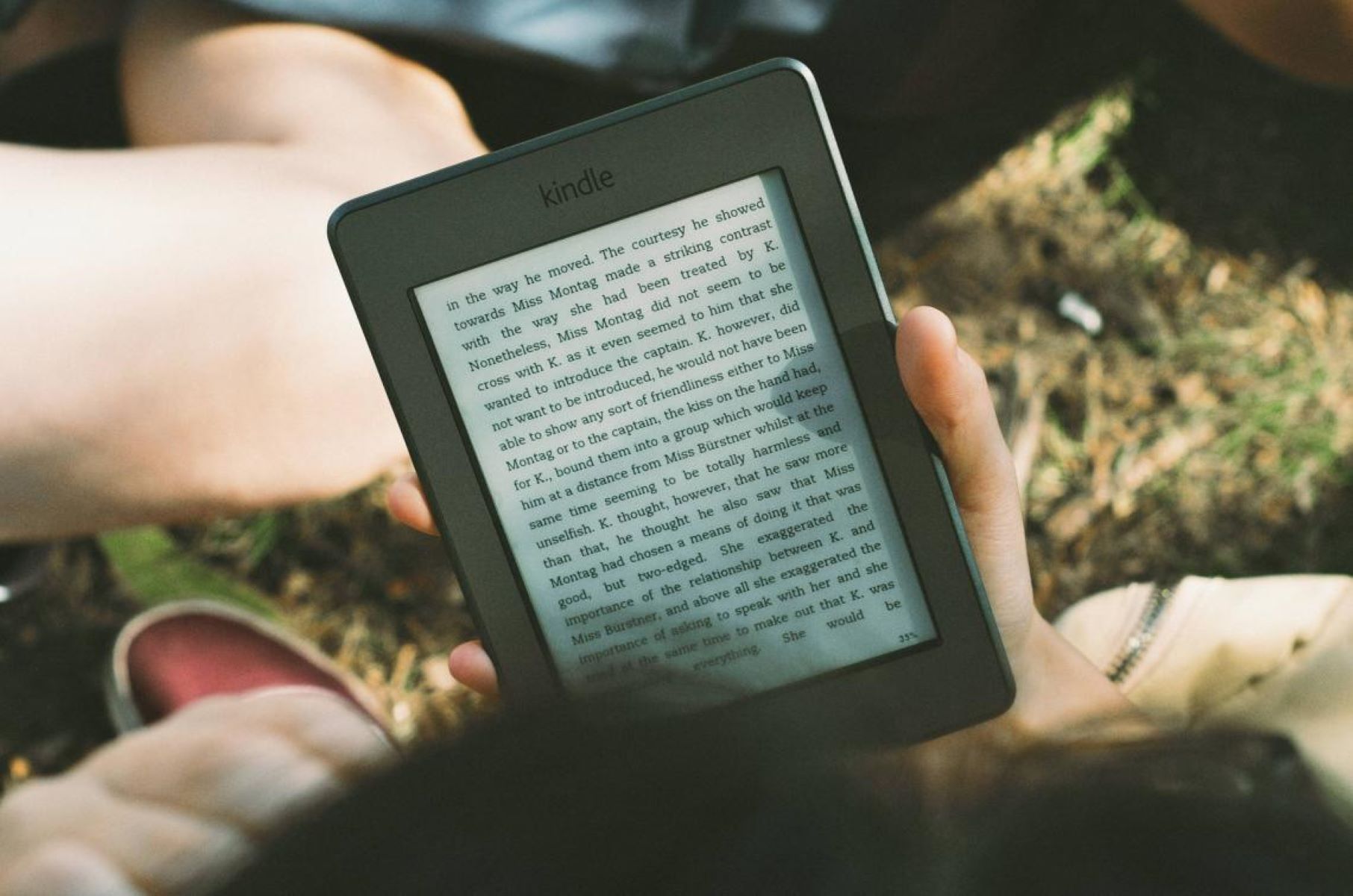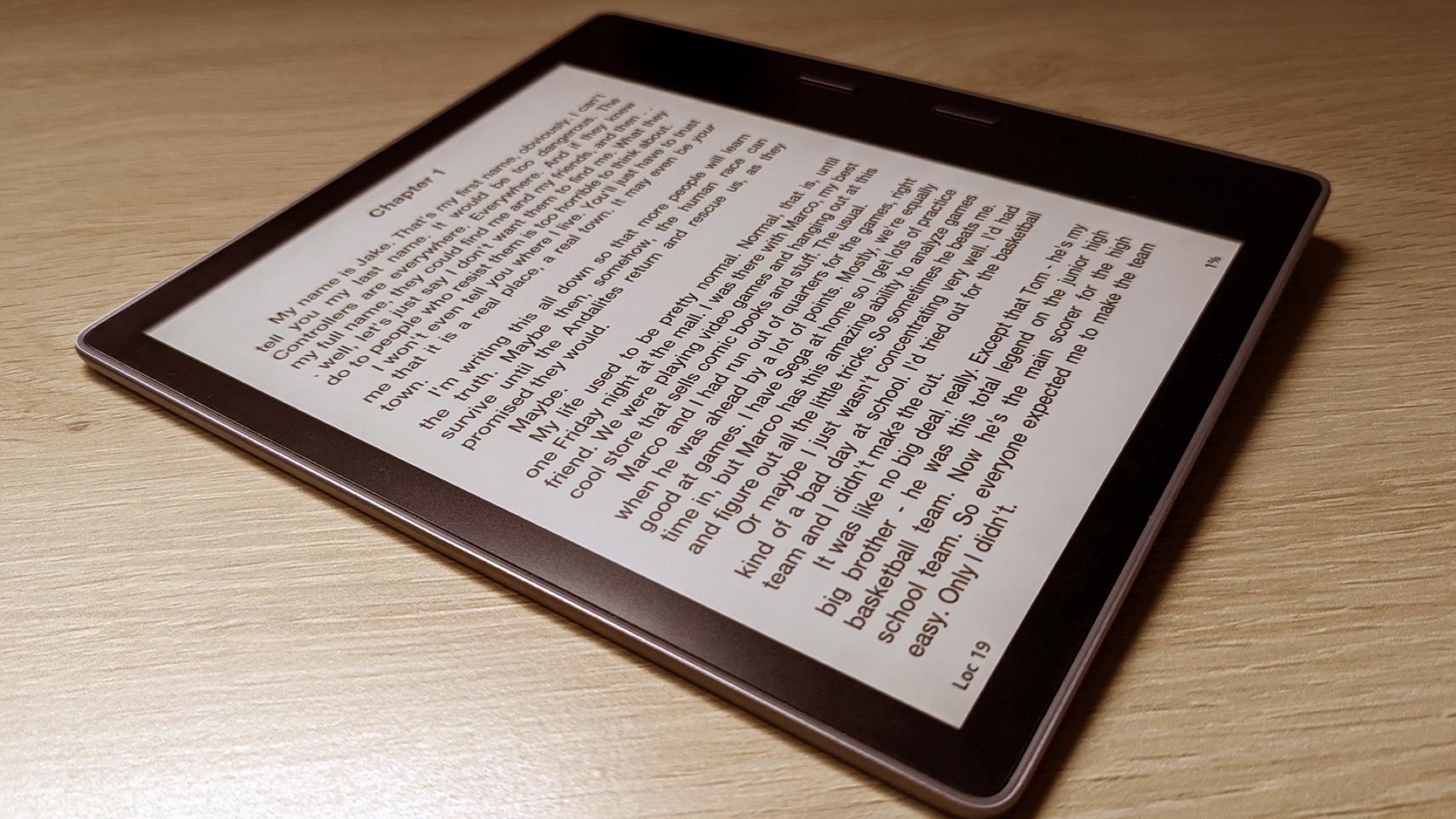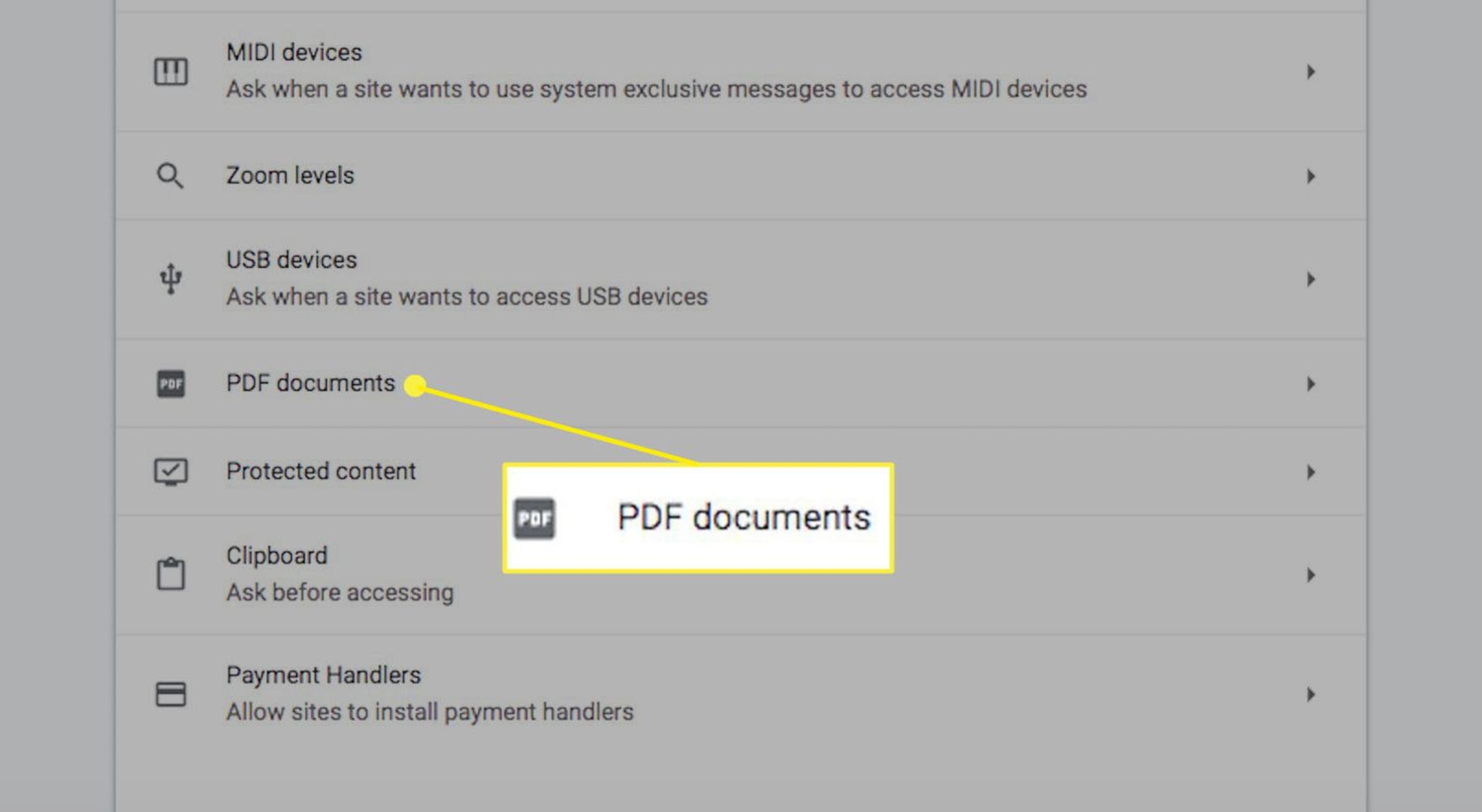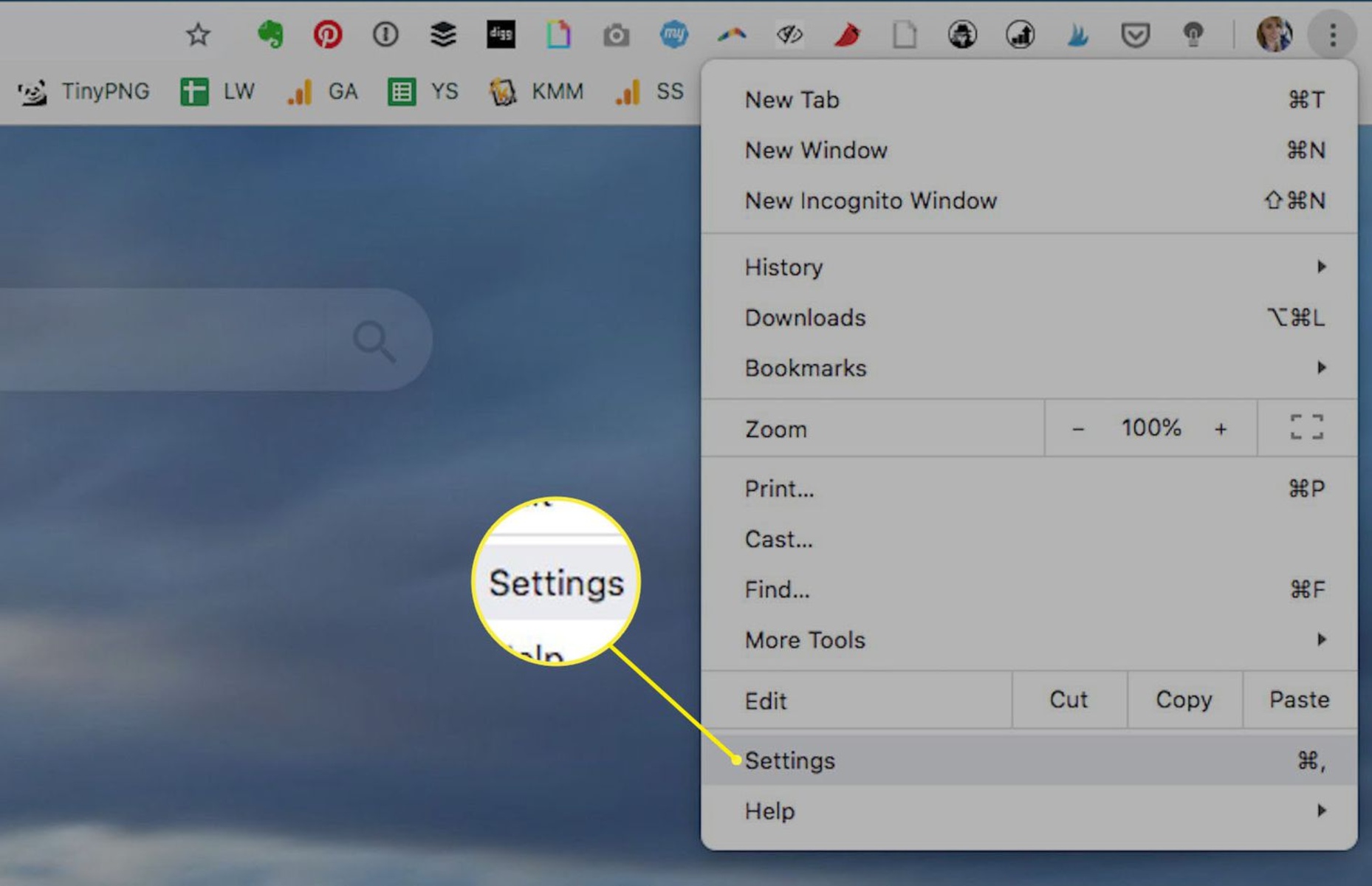Introduction
Welcome to the world of digital reading! If you’re looking to download and read PDF files on your tablet, you’ve come to the right place. Whether you want to access e-books, work-related documents, or study materials, having a PDF reader app on your tablet can make reading and managing PDF files a breeze.
In this article, we’ll guide you through the steps to download a PDF reader app, open PDF files, save them on your tablet, and access them whenever you need. We’ll make sure you have all the information you need to get started, regardless of whether you’re using an Android, iOS, or Windows tablet.
Before we dive into the details, let’s quickly explain why having a dedicated PDF reader app is essential. While some tablets come with built-in PDF readers, they often lack advanced features for an optimal reading experience. A specialized PDF reader app offers additional functionalities such as bookmarking, highlighting, annotation, and easy navigation, enhancing your overall reading experience.
So, whether you’re a student, professional, or simply an avid reader, let’s get started and explore the steps to download a PDF reader app on your tablet.
Step 1: Open the app store
The first step to downloading a PDF reader app on your tablet is to open the app store. The app store is a digital marketplace where you can browse, search, and download various applications for your tablet.
The location and appearance of the app store may vary depending on the type of tablet you have. For Android tablets, you can find the app store icon on your home screen or in the app drawer. On iOS devices, the app store is represented by a colorful icon with the letter “A” and can be found on the home screen. Windows tablets have the Microsoft Store as their app marketplace.
Once you locate the app store on your tablet, tap on its icon to launch it. This will bring you to the main page of the app store, where you can explore a wide range of apps available for download.
If you’re using an Android tablet, you’ll be directed to the Google Play Store. On iOS devices, you’ll be taken to the Apple App Store. And if you’re using a Windows tablet, you’ll land on the Microsoft Store.
Now that you’re in the app store, you’re one step closer to downloading a PDF reader app. The next step is to search for a PDF reader app that suits your needs. So, let’s move on to step 2!
Step 2: Search for a PDF reader app
Now that you’re in the app store on your tablet, it’s time to search for a PDF reader app. A PDF reader app allows you to view, manage, and organize PDF files on your tablet.
To begin your search, look for a search bar or a magnifying glass icon within the app store. This is typically located at the top or bottom of the app store interface. Tap on the search bar to activate it and enter keywords such as “PDF reader,” “PDF viewer,” or the name of a specific PDF reader app you have in mind.
As you type, the app store will display a list of matching results. Browse through the options and read the descriptions and user reviews to gather more information about each app. Pay attention to the ratings and reviews from other users as they can provide valuable insights into the app’s performance and usability.
When searching for a PDF reader app, consider factors such as user-friendly interface, advanced features like annotation and bookmarking, compatibility with your tablet’s operating system, and overall customer satisfaction. You may also want to prioritize apps that offer additional features like cloud storage integration or file organization capabilities.
Once you’ve found a PDF reader app that meets your requirements, tap on it to access the app’s dedicated page. Here, you can find more detailed information about the app, including screenshots and a full description of its features.
It’s important to note that some PDF reader apps may come in both free and paid versions. While free versions typically offer basic functionality, paid versions may unlock additional features or eliminate advertisements. Consider your specific needs and budget when deciding between free and paid options.
Now that you’ve searched for a PDF reader app and identified the one you want to download, it’s time to move on to the next step: downloading and installing the app.
Step 3: Download and install the app
After you have found the perfect PDF reader app for your tablet, it’s time to download and install it. The process may vary depending on your tablet’s operating system, but we’ll guide you through the general steps.
To begin, on the app’s dedicated page in the app store, you’ll see a “Download” or “Install” button. Tap on this button to initiate the download process. The app store will then start downloading the PDF reader app onto your tablet.
Depending on the app size and your internet connection speed, the download may take a few moments. Ensure that you have a stable internet connection to avoid any interruptions during the download.
Once the app is downloaded, the app store will automatically start the installation process. You may be prompted to grant necessary permissions for the app to function properly, such as access to your storage or camera. Review the permissions and tap “Accept” or “Install” to proceed.
The installation process will happen in the background, and you’ll see a progress bar or a spinning icon indicating the installation status. Once the installation is complete, you’ll receive a notification confirming that the PDF reader app is now installed on your tablet.
You can either tap on the notification or navigate back to your home screen or app drawer to locate the newly installed PDF reader app. Look for the app’s icon, which is usually displayed with the app’s logo or a symbol related to PDF files.
With the app successfully installed, you’re now ready to open and use it to view and manage your PDF files. You’ll find the app’s icon on your home screen or in the app drawer, depending on your tablet’s operating system.
Now that you’ve downloaded and installed the PDF reader app, let’s move on to the next step: opening a PDF file on your tablet.
Step 4: Open the PDF file
Now that you have a PDF reader app installed on your tablet, it’s time to open your first PDF file. Whether you’ve received a PDF attachment in an email, downloaded a PDF from a website, or transferred PDF files from another device, the process of opening a PDF file is straightforward.
To get started, locate the PDF file you want to open on your tablet. If you’ve received the file through email, open the email app or client on your tablet and navigate to the email containing the PDF attachment. Tap on the attachment, and your tablet should prompt you to choose a PDF reader app to open the file. Select the PDF reader app you installed and wait for the app to load the file.
If you’ve downloaded a PDF file from a website, open your tablet’s web browser and navigate to the location where the file is saved. Tap on the file link, and your tablet will display a list of compatible apps to open the file. Again, choose the PDF reader app you installed and wait for the app to load the file.
Alternatively, if you have PDF files stored on your tablet’s internal memory or external storage, open the file manager app on your tablet. Navigate to the location where the PDF file is saved, and tap on the file to open it. The tablet will prompt you to select a PDF reader app to handle the file. Choose your installed PDF reader app, and the app will open the file for you.
Once the PDF file is loaded in the PDF reader app, you’ll be able to view the content of the file on your tablet’s screen. You can navigate through the pages using gestures, such as swiping left or right, or by tapping on the edges or pagination controls provided by the app.
Depending on the PDF reader app you’ve chosen, you may also have access to additional features, such as zooming in and out, searching for specific text or keywords within the PDF, adjusting brightness or contrast, and bookmarking or highlighting important sections.
Now that you’ve successfully opened a PDF file on your tablet, it’s time to move on to the next step: saving the PDF file on your tablet for easy access in the future.
Step 5: Save the PDF file on your tablet
After opening a PDF file on your tablet, you may want to save it for convenient access in the future, even when you’re offline. Saving PDF files on your tablet allows you to build a personal library of documents that you can reference at any time.
The process of saving a PDF file may vary slightly depending on the PDF reader app you’re using, but we’ll outline the general steps below.
First, locate the options or settings menu within the PDF reader app. It is usually represented by three horizontal lines or dots at the top or bottom of the screen. Tap on this menu icon to open the options menu.
In the options menu, look for the “Save” or “Download” option. It may be labeled differently depending on the app. Tap on this option, and the app will prompt you to choose a location for saving the PDF file.
You’ll typically be given the option to save the file on your tablet’s internal storage or any external storage connected to your tablet, such as an SD card. Choose the desired location or folder where you want to save the PDF file, and tap “Save” or “Download” to start the saving process.
The PDF reader app will initiate the download or saving process, and the file will be saved to the selected location on your tablet. Depending on the size of the file and the speed of your device, this process may take a few moments.
Once the saving process is complete, the app will display a confirmation message, and you can close the options menu. Your PDF file is now safely saved on your tablet’s storage for future access.
Remember to organize your saved PDF files in a logical manner to make them easier to find later. Consider creating folders based on categories or topics, or use the built-in organization features provided by your PDF reader app.
Now that you’ve successfully saved a PDF file on your tablet, you’re ready for the final step: accessing the saved PDF files whenever you need them.
Step 6: Access the saved PDF files
Once you have saved PDF files on your tablet, accessing them is a breeze. Whether you need to refer back to important documents, study materials, or e-books, your saved PDF files are just a few taps away.
To access your saved PDF files, open the PDF reader app on your tablet. Look for the app’s icon on your home screen or in the app drawer, depending on your tablet’s operating system. Tap on the icon to launch the app.
Once the app is open, you’ll typically be greeted with a library or home screen that displays all the PDF files you have saved. Depending on the app’s interface, the files may be displayed in a list format or as thumbnail images.
Navigate through the list or grid view to locate the PDF file you want to access. You can scroll up or down, swipe left or right, or use any navigation controls provided by the PDF reader app.
When you find the desired PDF file, tap on it to open it and start reading. The app will load the file and display its contents on your tablet’s screen, allowing you to resume reading where you left off or explore its pages.
Keep in mind that some PDF reader apps offer additional features to enhance your experience when accessing saved files. Such features may include sorting options, search capabilities, folders or categories, bookmarks, or even the ability to sync your files across multiple devices through cloud storage integration.
If you have saved numerous PDF files or want to quickly locate a specific file, use the search function provided within the PDF reader app. Enter keywords related to the file’s title, contents, or any other relevant information, and the app will filter your saved files based on your search criteria.
With easy access to your saved PDF files, you can now enjoy reading, studying, or referring to important documents wherever you go. Whether you’re on a plane, in a coffee shop, or simply relaxing at home, your tablet becomes your portable library.
Congratulations! You have successfully completed all the steps to download a PDF reader app, open PDF files, save them on your tablet, and access them whenever you need. From now on, managing and reading PDF files on your tablet will be a seamless and enjoyable experience.
Conclusion
Downloading and reading PDF files on your tablet is now a straightforward process, thanks to the availability of PDF reader apps. With the right app installed on your tablet, you can easily open, save, and access PDF files whenever and wherever you need them.
In this article, we guided you through the six essential steps to download a PDF reader app, search for PDF files, open them, save them on your tablet, and access them for future use. We emphasized the importance of choosing a reliable PDF reader app to enhance your reading experience and provided tips on finding the perfect app for your tablet.
Remember to explore the features provided by your chosen PDF reader app, such as annotation, bookmarking, or search capabilities, to make the most out of your reading experience. Additionally, organizing your saved PDF files in a logical manner will save you time and ensure easy access to the documents you need.
Whether you’re a student, professional, or simply an avid reader, having a PDF reader app on your tablet opens up a world of possibilities. You can access e-books, study materials, work-related documents, and a wealth of information right at your fingertips. Say goodbye to carrying around heavy textbooks or stacks of papers.
Now that you have the knowledge and tools to download and use a PDF reader app, it’s time to dive into your reading list and explore the vast collection of PDF files available to you. Enjoy the convenience, flexibility, and immersive experience of reading PDF files on your tablet!







